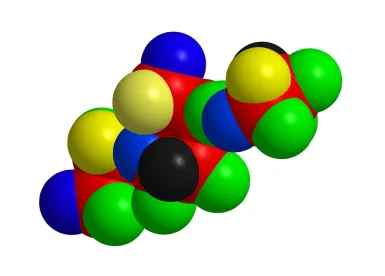On September 15, 2017, the European Commission (EC) began a public consultation on the revision of the 2011 EC Recommendation on the definition of nanomaterial. The EC intended the definition to achieve consistent application of the term nanomaterial across all legislation. The definition includes descriptors that the EC intended to review by December 2014 to ensure that the definition corresponds to the needs. In particular, the review must examine issues where there was incomplete information at the time of adoption. According to the Roadmap, the review generated the following interim findings:
-
While the uptake of the Recommendation in European Union (EU) regulation to date has taken place, it has not been as comprehensive as anticipated. This is not due to the definition itself, however, but due to delays in the processes planned to include the definition, e.g., the possible amendment of Annexes of the Registration, Evaluation, Authorization and Restriction of Chemicals (REACH) regulation to address nanomaterials and the delay in the adoption of the novel food regulation, by which time the review was launched;
-
There is general consensus on the adequacy of the main elements of the definition. These are notably the neutral scope in terms of the origin of the materials and the definition’s focus on particles. It is generally accepted that the definition uses the size of particles as the only defining parameter, applying to a 1-100 nanometer particle size range and bases the threshold for being a nanomaterial on a number concentration instead of mass;
-
There are currently difficulties in directly applying the Recommendation in legislation. For example, it includes a threshold that has a default value but is not fully defined in advance and might require an additional process to determine its value: “In specific cases and where warranted by concerns for the environment, health, safety or competitiveness the number size distribution threshold of 50 % may be replaced by a threshold between 1 and 50 %.” Also, application of the additional criteria based on the specific surface area by volume is considered ambiguous by some stakeholders. These prevent the Recommendation from being referred to in full by different regulations and force individual selection of its elements during each regulatory uptake, which could eventually lead to inconsistencies;
-
There is a need to clarify some terms in use and how the criteria are applied: e.g., the definition of “particle,” the precise meaning of particle’s “external dimension” and the use of the concept of the “constituent particle” in respect to agglomerates and aggregates;
-
There are issues of scope: e.g., the present Recommendation in addition to the general criteria explicitly identifies three carbon-based materials (graphene flakes, single-wall carbon nanotubes, and fullerenes) as nanomaterials while very similar non-carbon materials are not included; and
-
Implementation remains challenging; there is no single universally applicable measurement method, and refinement of existing measurement methods is still in progress. In particular, to quantify “constituent particles” in all cases still poses a challenge. No easy implementation routes are presently provided to determine quickly for certain when a material is or is not a nanomaterial.
According to the Roadmap, the intention now is to prepare a revised Recommendation to be adopted by the EC, accompanied by a Staff Working Document that will report on the review undertaken and the rationale for the modifications. The Roadmap states that it is envisaged that the EC will then:
-
Promote the revised Recommendation within the EU and, as appropriate, in the international community;
-
Develop guidance (including technical requirements), sector-specific guidance, and implementation tools;
-
Support the uptake of the Recommendation in the relevant policy areas, such as chemicals, cosmetics, and food; and
-
Set up a system of continuous monitoring of implementation across sectors, facilitate quick dissemination and uptake of any relevant scientific/technical developments, and if considered appropriate, trigger actions to support quality assurance and control of the measurements and their application in the nanomaterial definition.
Comments on the Roadmap are due October 13, 2017.




 />i
/>i

